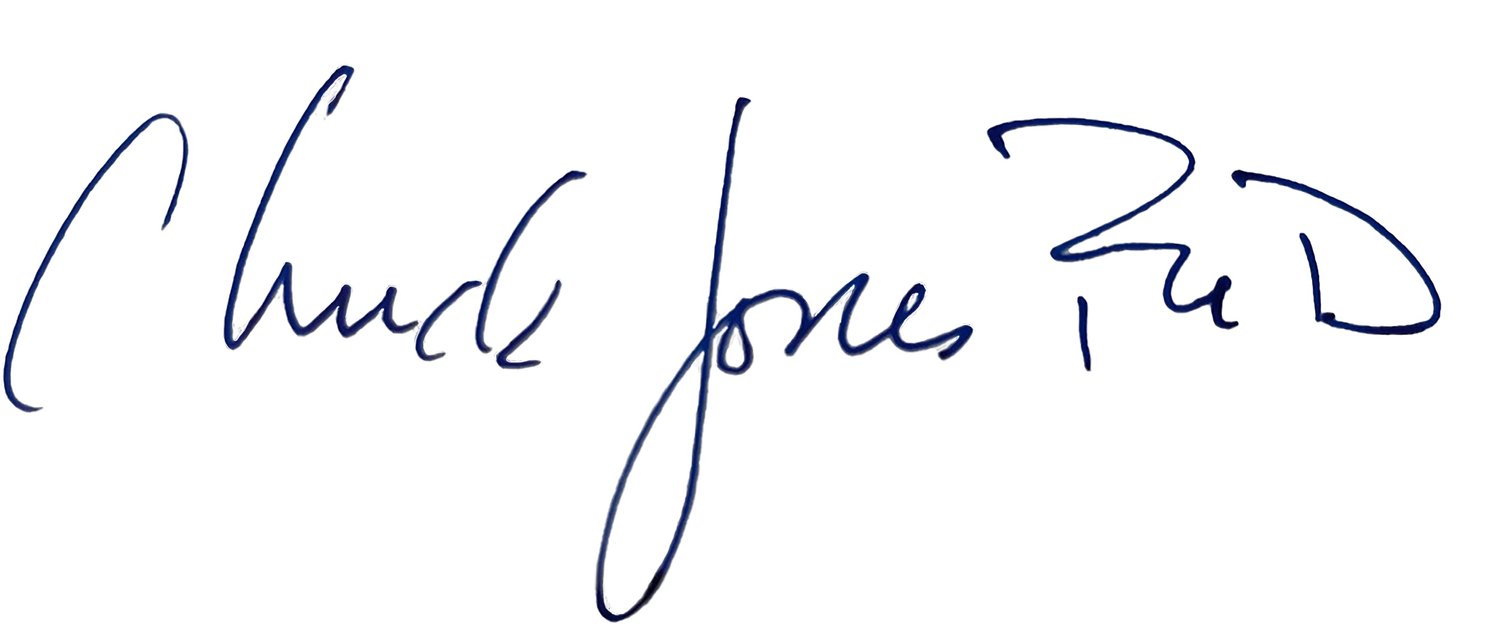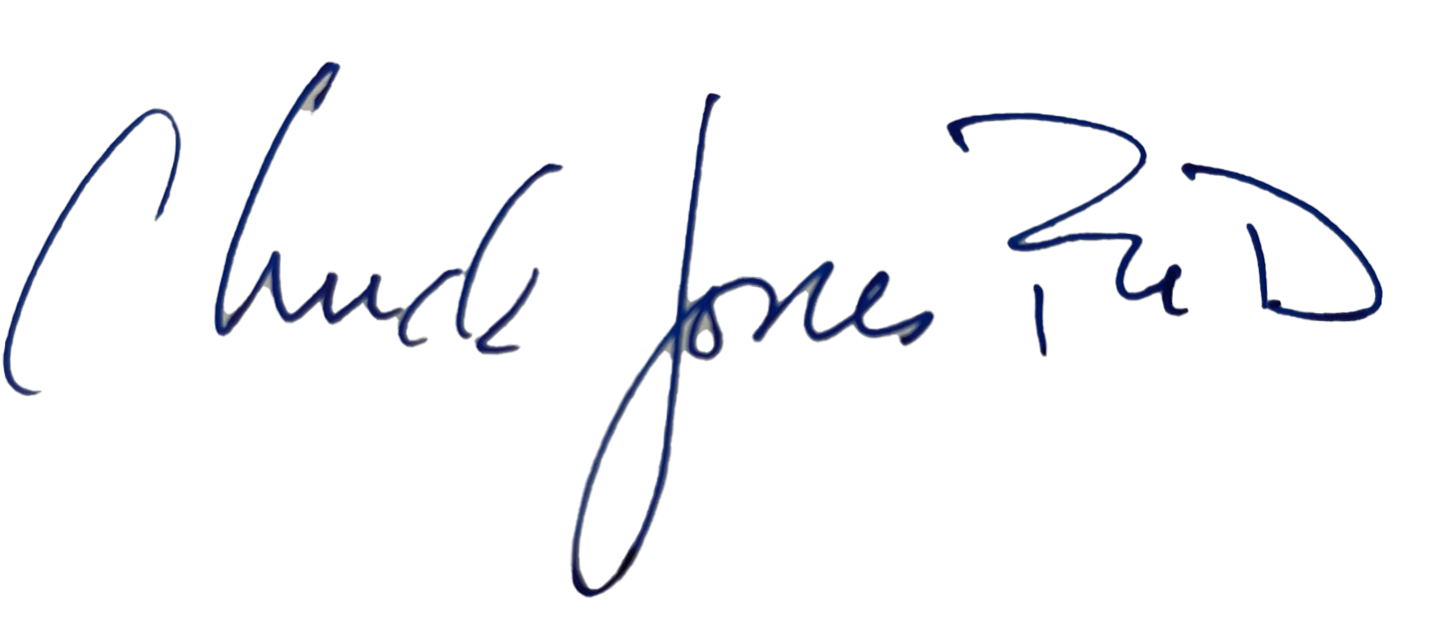How I Think About What I Do
In the “ABOUT” section, above, I promised to elaborate on my brief comments about how I approach this work, i.e., what most people call ‘process.’ This is the beginning of that elaboration. It’s kinda long but what I do is also kinda complicated, as it requires mining my decades of experience both in Clinical Psychology and painting:
As I mentioned in ABOUT, some French friends, Francoise Davoine and the late Jean-Max Gaudilliere, wrote a harrowing but profound book titled, History Beyond Trauma, offering a subtitle spun off while correcting Wittgenstein, who said,
Whereof one cannot speak, thereof one must be silent. What we cannot speak about we must pass over in silence.
They weren’t short on chutzpah. Their more psychoanalytically deep version (meaning truer to lived experience):
Whereof one cannot speak, thereof one cannot stay silent.
Their statement plays off the idea there is much driving our lives that occurs outside our awareness, and it’s very difficult to speak of that which we aren’t aware. Yet these undercurrents can incessantly shape the course of our lives, despite being consciously unknown.
I’m referring to experiences that keep reliving themselves, as though trying to get our attention; experiences that insist on being recognized despite our desire to ignore and even disown them. They tend to be quite relentless as anyone knows who has ended a tormenting relationship only to shortly find themselves in its equivalent, again repeating the pattern.
The only way to quiet the monster is to articulate it. I take that assignment to mean say in words….or in some other form that fosters our capacity for reflection. In my mind, that includes anything that might point to some internal referent…some felt sense of that which hasn’t found a way to be heard. Just as these undercurrents can inform words, they can inform painting.
Thus, in keeping with the wisdom of this recognition, I paint from the foundational question, “What wants to be said.” Or similarly but differently stated, “What wants to reveal itself?”
This pursuit isn’t easy but it can provide a very powerful artistic navigating tool. If you can hang in there, let me explain a bit more.
A long time ago – during my mid 20’s as I recall – while struggling to figure out the point to my even existing, I had one of those in-the-shower epiphanies. My realization: I’m alive as a means for the Universe to perceive itself. It’s an odd species of orienting-to-find-meaning idea that still rings true for me a half a century later.
At this point in life, though, I would add a corollary: Perceiving, for me, requires carefully articulating the intricacies of my experience, whether putting some perception into language or into visual expression. Either form – generating a pattern, adequately aligned with what wants to be revealed, in words or in paint, requires a thoughtful effort to assure as precise a resonance as I can clarify between my internal experience and my external expression.
You see, I’m seeking to match the word or paint pattern with what Eugene Gendlin calls my felt sense; that visceral registry providing an as-yet unacknowledged precursor informing communication. It’s quite idiosyncratically personal. And simultaneously all so universally human.
And it’s not only about trauma. It’s about noticing.
For example, I might ask myself, “Am I painting something about anxiety?” And, by checking my little internal resonance meter, I recognize the statement isn’t quite accurate.
It’s a really common experience – you’ve encountered it when saying to yourself, “That’s not quite the word I want.” And then, searching, you find exactly the one you DO want. Or, when you’re trying to think of a name but realize the candidate you’re considering isn’t quite right. That’s the ‘felt sense’ in operation. It’s that underlying visceral registry that helps us navigate, if we can learn to listen to it.
Having realized the former statement doesn’t fit – the one concerning painting about anxiety – I adjust slightly. I look within and recognize the sense I’m trying to speak from is more like, “I’m painting something about restless excitement.”
Differences like that matter, just like finding the right name for the person you are seeking to recall. Because, in the expressive realm, noticing such nuances leads to next levels of refinement both in comprehension and in expression of what’s comprehended.
It’s a Goldilocks Determination of sorts. You know, the internal dialogue runs: Is it too big? Too small? Or JUST RIGHT? On target?? Yes, that’s it!!!
Or differently, it’s like that kids’ guessing game we used to play: Colder? Warmer? Burning hot. Spot on!
This differentiating process is not trivial. It requires practice at paying very close attention and, weirdly, practice at always initially assuming that whatever I think is going on isn’t quite the more fundamental version I’ll find if I just patiently sit with my internal sense, dig a little deeper, check with what gradually emerges, and allow whatever surfaces to surprise me. Or, more precisely, allow the resonance among the words, the paint, and the felt sense to reveal unexpected foreign territory as I home in on what was trying to get itself noticed..
Put differently, yet again, the signifier (the words or the paint pattern) is NOT the meaning. It merely points toward a potential recognition of meaning. One must inhabit the exchange to grasp what’s being pointed to. And that’s challenging. Even though it’s profoundly important. Without listening deeply, we may think we understand but there is no way we can actually fully understand.
As a clinical psychologist, I had to learn to listen to myself in exactly the way I’m describing in order to help others understand what they were experiencing. Now I spend my days listening to myself in interaction with the paint and the associated words as they both arise to see what I can understand about what I’m experiencing.
That’s what informs all of the pieces on this website – and the ones I create every day.

